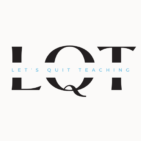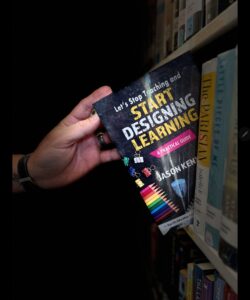Look, I get it. As educators, we’re swimming in data, and Lexile scores feel like a life raft, a tidy little number that promises to show how well our kids are reading. But chasing that number is like trying to catch a cloud: it looks solid from a distance, but up close, it slips right through your fingers. Sure, Lexile scores give us a snapshot, but they miss a ton like real comprehension, test quirks, and the background knowledge kids bring with them. So let’s break down how Lexile scores are actually calculated and what they really measure, especially when prior knowledge can swing things so wildly.
How Lexile Scores Actually Work
Lexile scores, developed by MetaMetrics, assign numbers to both a reader’s ability and a text’s difficulty, ranging from 0L for newbies to 2000L for the advanced. The algorithm for text complexity is simple: longer sentences + less common words = higher score. For readers, it’s based on how they perform on assessments like the Scholastic Reading Inventory. These tests aim to pinpoint that “just right” zone, where a learner can understand about 75% of what they read (MetaMetrics, 2020). Sounds neat, right?
But here’s the thing: Lexile scores are way more about decoding than deep understanding. They assume short, common-worded sentences are easier, but that’s not always true. A straightforward article on quantum physics can be harder to grasp than a novel with long, winding sentences if the story’s familiar and engaging. Studies show that Lexile scores only explain about half of what makes a text complex (Cunningham & Mesmer, 2014). So yeah, they’re a starting point, but not a crystal ball. They can’t measure curiosity, critical thinking, or that spark when reading clicks.
When Lexile Scores Bounce Like a Pinball
Ever seen a kid take two Lexile tests and end up with scores that are 100–300 points apart? Yeah, that’s a thing. One test might feature a passage about space that captures a learner’s imagination. The next might be a dull chunk about trade policy that totally tanks their score. That kind of swing isn’t just frustrating, it’s a warning sign that these scores aren’t as stable as they seem.
And the fallout? A low score might land a kid in a remedial group they don’t need, while a high one could push them toward texts that only cause frustration. Even though Lexile reliability is considered “decent” (r = 0.85), that’s still enough wiggle room to make high-stakes decisions a gamble (Williamson, 2018). We’d do better to use tools like reading journals, book talks, and classroom conversations because real-time insight tells us way more than a score ever could. Numbers are tools, not the whole story.
Why My Dino Obsession Should Count for Something
Here’s where Lexile scores totally fall short: they don’t factor in what kids already know. Imagine this: I’m all about dinosaurs. Hand me a passage on T. rex, and I’m thriving. My friend Tiffany? She’s the queen of ecosystems. If we both read a passage on wetlands, Tiffany’s going to ace it not because she’s a “better” reader, but because she already knows the topic. Meanwhile, I’m stuck decoding terms I’ve never heard. That difference in prior knowledge can boost comprehension big time, research shows an effect size of 0.60 (Recht & Leslie, 1988).
This kind of content bias hits especially hard for kids from diverse backgrounds whose life experiences don’t always line up with what’s assumed in test passages. When we lean too hard on Lexile scores, we miss the chance to meet kids where they are: building background knowledge, connecting to their passions, and helping them grow into confident, curious readers.
Final Take
Look, Lexile scores aren’t the villain. They’ve got their place. They’re a quick way to estimate how challenging a text might be and to give a rough idea of what a reader might handle. But they fall short on capturing true comprehension, they’re too inconsistent, and they completely overlook how much prior knowledge and passion matter. My dino-loving self shouldn’t be penalized just because the test happened to favor Tiffany’s ecosystem brain.
It’s time to shift the focus: let’s spark curiosity, build knowledge, and have real conversations about what learners are reading and why it matters. Ditch the Lexile obsession, and we open the door to reading that’s meaningful, personal, and lasting.


